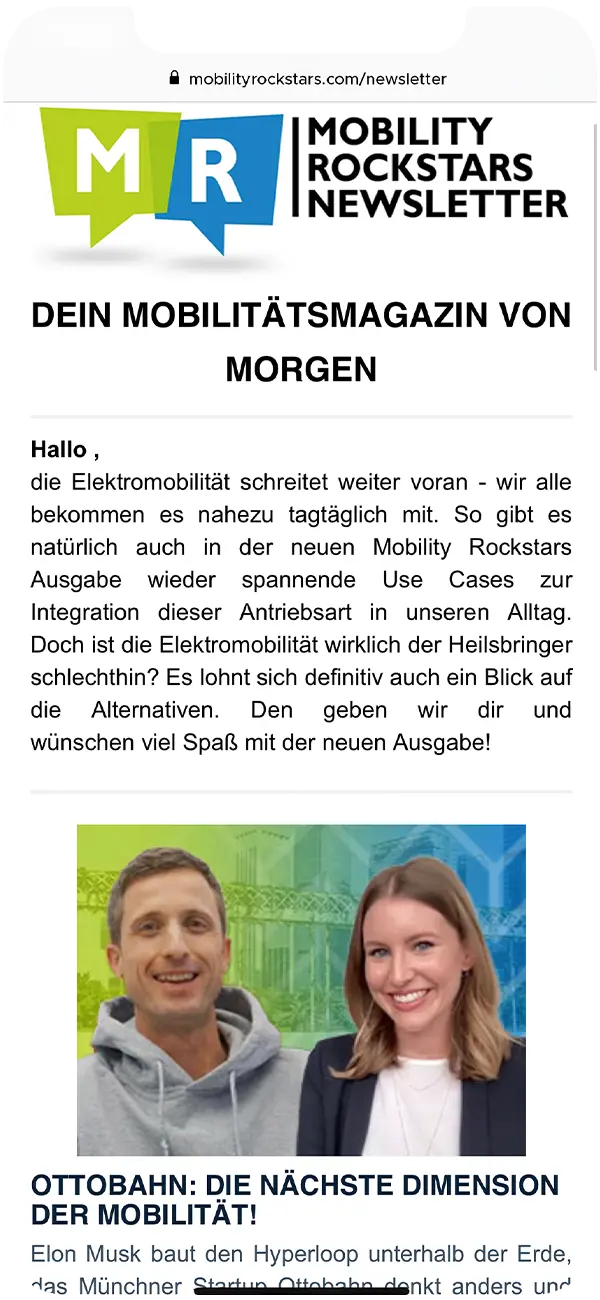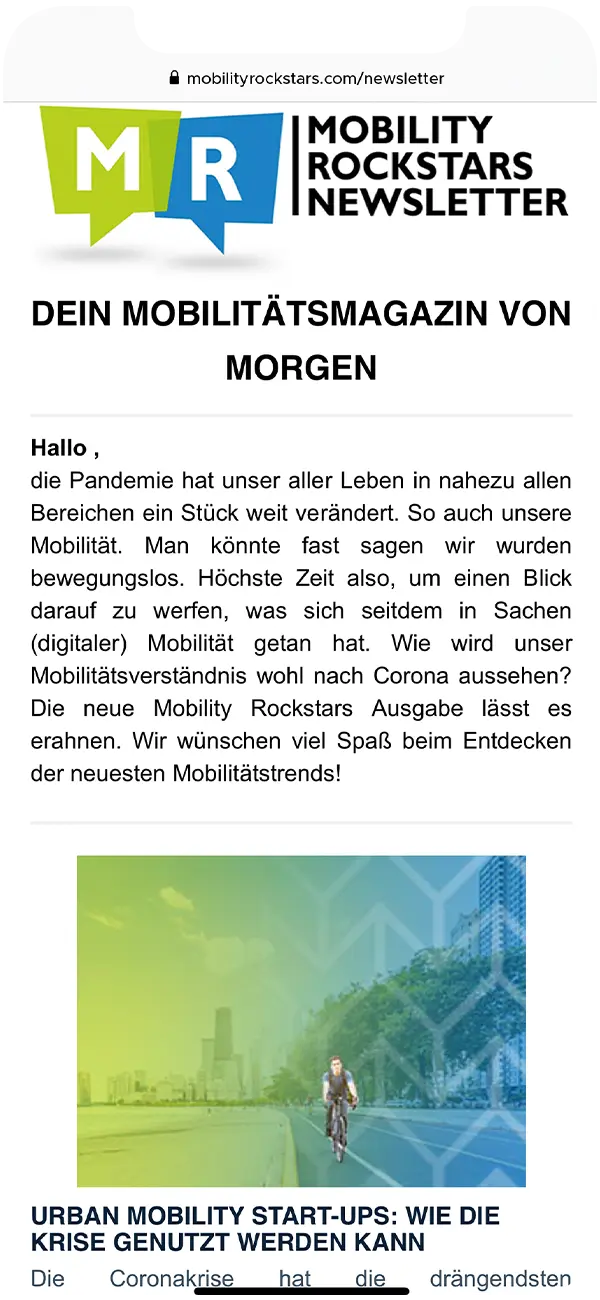Software development in the new era: How Java is driving the automotive industry
The boundaries between automotive and software are becoming increasingly blurred with the advent of new technologies: While vehicles are evolving into sophisticated smart machines literally packed with technology, software development plays a crucial role in the elaboration, implementation and safeguarding of their functionalities. Technologies such as Java have found their niche in the automotive industry, enabling applications that advance and enhance the driving experience in vehicles. With the advancing emergence of autonomous vehicles, the integration of artificial intelligence such as theVery Enhanced Road Assistant, and the need for robust cybersecurity, the demand for innovative software solutions in the automotive sector is also increasing. This article dives into the intricacies of automotive software development and sheds light on current trends, challenges and a promising future for us all.
- Pioneering the Way Forward: The Integral Role of Software Development in Automotive Innovation
- Automotive Software Development: An Electronic History
- Software development with Java: The only way the automotive world is driving into the future
- Software Development: How Technological Paradigms Drive Automotive Software Trends
- Software development and the road to tomorrow: How do we navigate the maze of upcoming automotive software?
- Software development: the nexus that drives the automotive future

Marc
Marketing Professional
30.10.23
Ca. 16 min
Pioneering the Way Forward: The Integral Role of Software Development in Automotive Innovation
There’s no question that the convergence of software development and automotive is bringing about a drastic change in our experience with vehicles. Where vehicles were, it felt until recently, purely mechanical designs, they are now full of advanced software solutions that optimize nearly every aspect of the ride. Infotainment systems and navigation, sophisticated driver assistance functions from lane departure warning to emergency brake assist, which also saved the author of these lines during the past vacation season: software development is the true backbone of these improvements. Tesla’s Autopilot system would be inconceivable without relying on complicated software algorithms that make autonomous driving possible in the first place. The entirebattery management system with its various monitors and displays of charge level, temperature or finding the next charging station is based on modern software development and would not exist without it.

A BMW iDrive system serves as an infotainment system and is also based on advanced software that enables a seamless user interface that merges entertainment, navigation and communication, in any vehicle in use. With the advent of generative A.I. on board, as seen at Google and Continental, or Cognizant Mobility, the next convergence is upon us as software development and data science engage with each other. The networking of a wide range of services, their topicality, and also the rapid rise in the use of A.I. applications are generating high demand in the connected car sector. This demand can only be served by efficient and up-to-date software development and will continue to increase enormously: Eventful changes are already waiting on the automotive horizon (which hopefully even a Tesla will soon no longer confuse with trucks).
Automotive Software Development: An Electronic History
Where software development is now an indispensable, integral part of the automotive industry, it played no role some 60 years ago. After all, the entry of electronics into the vehicle did not begin until the late 1960s and 1970s of the last century. Basic systems such as electronic ignition and fuel injection gave the first taste of what was to come at this point. A tentative start, but an important first step toward improved efficiency and reduced emissions. As more and more electronic components found their way into modern vehicles in the years that followed, the 1980s saw the introduction of the ECU, abbreviated for “Electronic Control Unit,” still an extremely important topic in networked vehicles today: the control center, the brain that could now control a wide variety of vehicle functions, and the beginning of software development for automobiles.
In the 90s and 00s, everything finally revolved around new functions: Anti-lock brakes, airbags and the first infotainment systems made their appearance. With each new function, the importance of software development grew analogously. It was no longer “only” mechanics and engineers who developed vehicles, now it was also programmers and software developers. This even spawned entirely new professions, mechatronics engineers, for example, and of course the “automotive software engineer” – a role that was fundamentally similar to the classic software developer from Silicon Valley, but specifically tailored to the automotive sector.
Today, in 2023, with 2024 already approaching, the term “automobile” often feels almost inadequate unless the term “smart” is used in context. Vehicles are not only mobile, they are intelligent. With features like state-of-the-art infotainment, connected to the smartphone (as you can see, intelligence doesn’t stop at the phone either), over-the-air updates (often abbreviated to “OTA”), and autonomous driving, software development is no longer part of a car’s development history: It defines overall vehicle development to a significant degree and will continue to do so as the vehicle, the smart car, the connected car essentially becomes a modern computer that also happens to be able to move while not only driving autonomously but also thinking about the wedding day of the best of all. Thank you, K.I.T.T.!

In a historical context, to finalize this paragraph, it may be mentioned that software development is of course also evolving, pun intended. Where once it was about simple, isolated tasks and individual functions, today it’s about networked ecosystems, cloud integrations and generative A.I. that make vehicles and devices more efficient and smarter. Software development therefore also stands, more than just symbolically, for the innovative power of people: From simple electronic components to complex software landscapes, vehicles have evolved enormously. Software development is pushing the boundaries of technology and will continue – pardon the pun again – to drive the automobile. All the more important to keep an eye not only on the history, but also on the future.
Software development with Java: The only way the automotive world is driving into the future
The Java programming language plays a special role in software development for the automotive industry. Their “write once, run anywhere” philosophy ensures a high degree of interoperability between different systems in the vehicle, but also different development platforms. In this context, the AUTOSAR development standard is also of utmost importance, which is why we have also dedicated a separate, detailed article to this topic.
Java is also considered a programming language with robust and secure results, which is of utmost importance especially for safety-critical automotive applications. What’s more, Java is very scalable and facilitates software development, which can often do without major code overhauls. Java also offers extensive libraries with a wide range of functionalities that are essential for complex automotive systems. Accordingly, Java-based systems can be found almost everywhere in the vehicle: in modern touchscreen interfaces and multimedia systems, in advanced driver assistance systems (ADAS), or in telematics and connectivity, where Java-based applications enable vehicle-to-vehicle communication or real-time data transmission, for example.
No wonder, then, that the job of a Java software developer automotive is demanding. After all, there is a need for knowledge in core concepts and advanced features of Java, in embedded systems to optimize environments with limited hardware, understanding of automotive protocols like CAN, LIN and other communication standards, and then there are standards for safety and security like ISO26262, keyword Functional Safety. So for any company that wants to enable remote monitoring and diagnostics of vehicles, drive over-the-air updates, or offer intelligent navigation systems, you can’t do it without Java.
This does not mean that software development in the automotive sector is limited exclusively to Java, but it does make up a significant part of the required area of expertise.
Software Development: How Technological Paradigms Drive Automotive Software Trends
The present of the automotive industry, it seems at least currently, can not take place without the development of autonomous vehicles. Meanwhile, the development of software for autonomously driving cars is exceedingly complicated and often still more theoretical than practical. From sensor integration to highly complex and robust decision algorithms (who does the vehicle run over in case of an unavoidable collision: child or senior?), software and thus software development plays a crucial role. Even processing data in real time – and we are talking about huge amounts of data from sensors, for example – is a challenge in itself.
Software development is also the driving force in the field of vehicle communication, nowadays also often called “Vehicle-to-Everything” (V2X) communication. Facilitating communication with other vehicles, infrastructure and road users is essential for safety and traffic flow.

Current regulations such as UNECE R155 (and R156, combined with ISO specifications such as ISO/SAE 21434) also set out requirements for cybersecurity: measures to combat cyber threats and vulnerabilities to vehicles are essential to ensure the protection of all electronic systems, in some cases throughout the life of the vehicle. Finally, over-the-air updates for entire vehicle fleets must be free of smart threats, vulnerabilities must be found and fixed as quickly as possible. Only innovative and up-to-date software development can provide this. So form no longer follows design, but precedes it – by a long way.
Also a topic of the moment is artificial intelligence, in conjunction with machine learning, for improved driving and an optimized user experience. Examples include the Smart Cockpit from Google and Continental, as mentioned at the beginning, and the Very Enhanced Road Assistant from Cognizant Mobility, which turns conventional transportation into an interactive experience, both privately and in public transport, and uses A.I. to make recommendations or issue meaningful warnings, for example. In addition, there are aspects relevant to the aftersales area, such as predictive maintenance (even if this still does not seem very concrete at times) and user-specific interactions, which can make customer behavior more transparent and comprehensible and can be recorded via a corresponding data exchange.
Finally, let’s take a look at the future of software development and the associated challenges to conclude the timeline of the modern era. Here, it is likely to be the management of the increasing complexity of software in vehicles that is high on the automotive agenda. Due to the steady increase in functions, vehicle software has now evolved into complicated, multi-layered “multilayered architectures” that require advanced tools and frameworks for optimal integration. The need for standardized software modules that can be quickly updated or replaced without affecting the entire system will undoubtedly increase as vehicles become increasingly networked. Which is also a good keyword: The networking of systems naturally brings with it the risk that an error in one system could have an effect on other systems. Comprehensive testing and mechanisms are therefore crucial, even beyond pure software development.
So where should software development be headed for, say, the next decade? A fitting cue is quantum computing. As computational needs increase, quantum computing could play a central role in real-time processing of data in vehicles, especially in subsectors such as traffic management or energy efficiency. Post-quantum algorithms will also play a significant role in cybersecurity. Blockchain integration could be used to secure more than just financial transactions. Blockchain is also conceivable for validating and securing software updates, verifying the authenticity of parts, and even recording vehicle history.
Also just a small step into the future is cognitive software that not only learns from its environment, but also understands the driver’s emotions and can adjust cabin settings or driving patterns accordingly. Cabin sensing is the buzzword that immediately floats to the surface here, although not exclusively. However, the fact that generative A.I. in the vehicle will hold the reins of the future in its virtual hands is not a dream of the future, but already a current development, as could also be clearly observed at the IAA Mobility 2023 in Munich.
Software development: the nexus that drives the automotive future
If one thing is clear from this article, it is surely that the future of the automotive industry is inextricably linked to software development. In the vibrant world of automotive metamorphosis, software is no longer “just” a layer – it’s the pulse. The days when vehicles were merely objects to be used, were only meant to get from A to B, were pure machines; they are over. Cars today are conscious, almost living, dynamic ecosystems that software breathes life into. In contrast to the clear demarcations between software and hardware in recent years, the car of tomorrow, and sometimes even the car of today, blurs these boundaries and forms a symbiosis in which one cannot function without the other. The beauty of the technical truth about software development no longer lies in skillful isolated development, but in the harmonious, multimodal dance of mechanical and digital evolution that is finally revealed: The body of tomorrow’s car may be electric, powered by hydrogen, or fueled by e-fuels. But the soul of the next generation of vehicles will be the code that software development writes.






